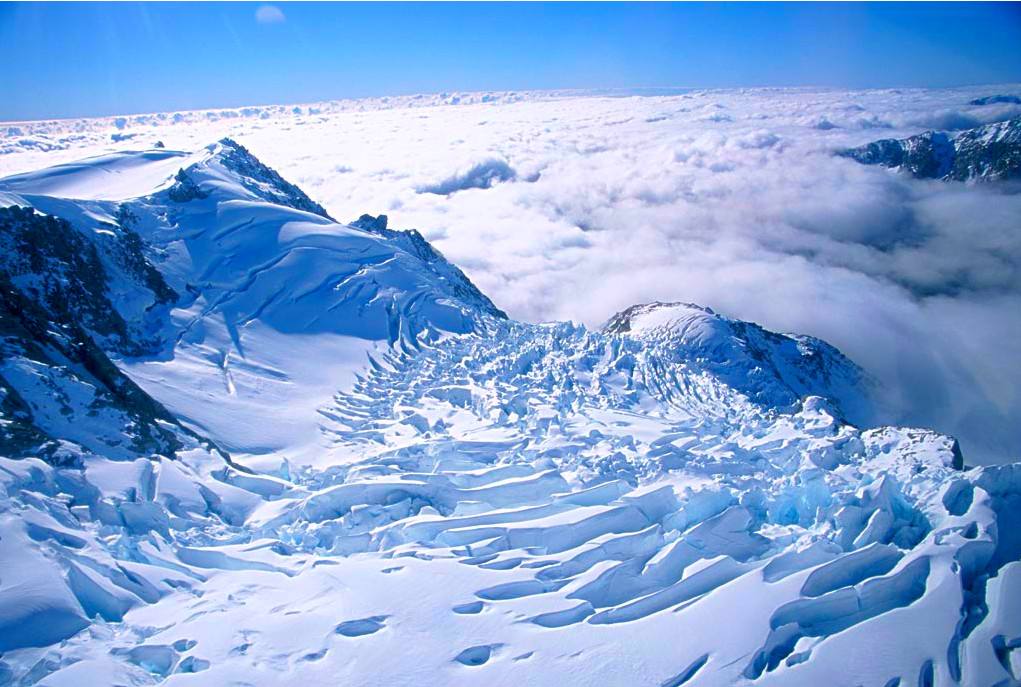(单词翻译:单击)
They knew there was something odd about the past. The European landscape was littered with inexplicable anomalies—the bones of arctic reindeer in the warm south of France, huge rocks stranded in improbable places—and they often came up with inventive but not terribly plausible explanations. One French naturalist named de Luc, trying to explain how granite boulders had come to rest high up on the limestone flanks of the Jura Mountains, suggested that perhaps they had been shot there by compressed air in caverns, like corks out of a popgun. The term for a displaced boulder is an erratic, but in the nineteenth century the expression seemed to apply more often to the theories than to the rocks.
他们知道过去发生了某种非同寻常的事情。欧洲大陆到处都可见令他们百思不得其解的反常现象——北极驯鹿的尸骨出现在温暖的法国南部,巨大的岩石矗立在它们不该出现的地方。这往往导致他们提出一些看似大胆,但显然又不怎么站得住脚的推论。一个名为德·吕克的法国博物学家试图解释为什么巨大的花岗岩出现在了侏罗山海拨较高的石灰岩层面,认为也许是洞里的压缩空气把它们掀到了那里,就像橡皮子弹从玩具枪里被弹出一样。这样解释一块被移动了很长距离的大石头是然是站不住脚的,但是在19世纪,人们更在意的是这样的解释本身是否自圆其说,对于它是否与岩石运动的实际情况相符,那倒是还在其次的。
The great British geologist Arthur Hallam has suggested that if James Hutton, the father of geology, had visited Switzerland, he would have seen at once the significance of the carved valleys, the polished striations, the telltale strand lines where rocks had been dumped, and the other abundant clues that point to passing ice sheets. Unfortunately, Hutton was not a traveler. But even with nothing better at his disposal than secondhand accounts, Hutton rejected out of hand the idea that huge boulders had been carried three thousand feet up mountainsides by floods—all the water in the world won't make a boulder float, he pointed out—and became one of the first to argue for widespread glaciation. Unfortunately his ideas escaped notice, and for another half century most naturalists continued to insist that the gouges on rocks could be attributed to passing carts or even the scrape of hobnailed boots.
英国伟人的地质学家阿瑟·哈莱姆曾说,如果18世纪地质学之父詹姆斯·赫顿曾亲自到瑞士去考察的话,他一定会立刻明白那里被切割得七零八落的山谷、被磨得平整光滑的条痕、岩石搁浅后堆集丽成的缤线以及随处可见的其他线索的重要意义。所有这一切都表明这里曾有冰盖滑过。令人遗憾的足,赫顿并不是一个旅行家。但是,即便是凭他所掌握的二手资料,他也不假思索地拒绝认为那些巨大的石块是由洪水冲到1000米高的山坡上的——他指出,世界上没有任何水能使岩石漂浮起来——他成了赞成大规模冰川作用的第一人。可惜他的观点没有引起广泛注意;有将近半个世纪的时间,大多数博物学家依然坚持认为,岩石上的痕迹也许不过是过路的大车碾轧出来的,甚至可能是靴子的平头钉刮擦出来的。


